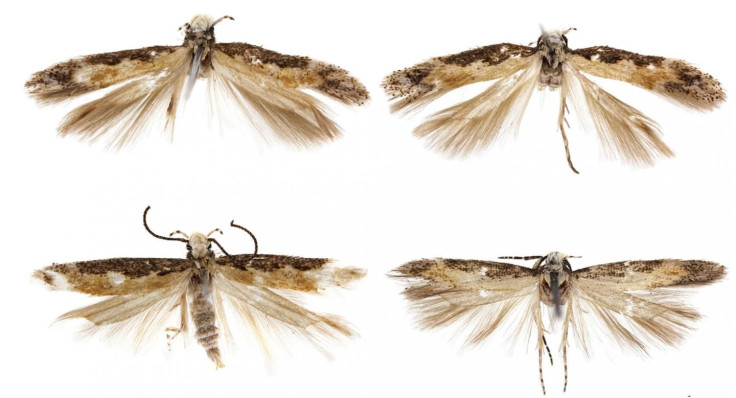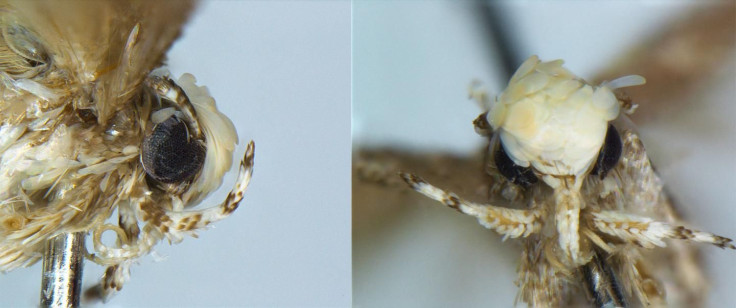Neopalpa Donaldtrumpi: New Moth Species Named After Donald Trump For Yellow-White Scales On Its Head

A tiny moth species, found only in California and Baja California, Mexico, has been identified as a previously unidentified species, and the researcher who made the discovery has named it after President-elect Donald Trump, who takes office Friday.
Neopalpa donaldtrumpi is pretty small, and was discovered by Vazrick Nazari, an evolutionary biologist who was going through material borrowed from the Bohart Museum of Entomology at the University of California, Davis. Nazari described the discovery, as well as the name he chose for it, in a paper published Tuesday in the journal ZooKeys.
“The new species is named in honor of Donald J. Trump, to be installed as the 45th President of the United States on January 20, 2017. The reason for this choice of name is to bring wider public attention to the need to continue protecting fragile habitats in the US that still contain many undescribed species. The specific epithet is selected because of the resemblance of the scales on the frons (head) of the moth to Mr. Trump’s hairstyle. The name is a noun in the genitive case,” Nazari said in the paper.

The scales Nazari refers to are “yellowish-white” in color and along with a couple of other distinctions, distinguish the species N. donaldtrumpi easily from N. neonata, a close relative that is found in the same two habitats.
Not much else is known about the new species, including how it lives and which plants it makes home. Nazari hopes naming it after Trump will bring public attention to and increase interest in the usually neglected micro-fauna in North America.
“The discovery of this distinct micro-moth in the densely populated and otherwise zoologically well-studied southern California underscores the importance of conservation of the fragile habitats that still contain undescribed and threatened species, and highlights the paucity of interest in species-level taxonomy of smaller faunal elements in North America,” Nazari said.
© Copyright IBTimes 2024. All rights reserved.





















